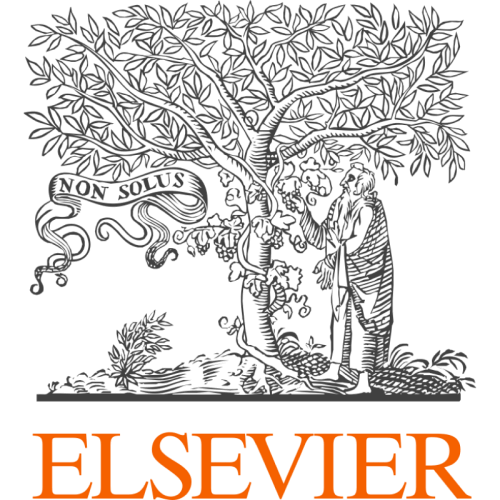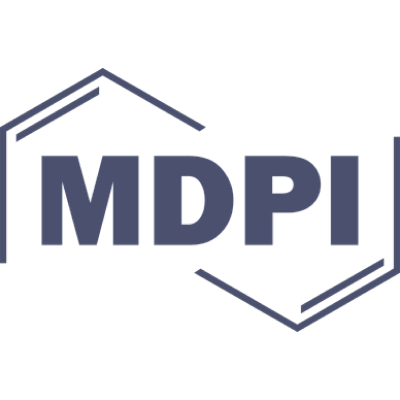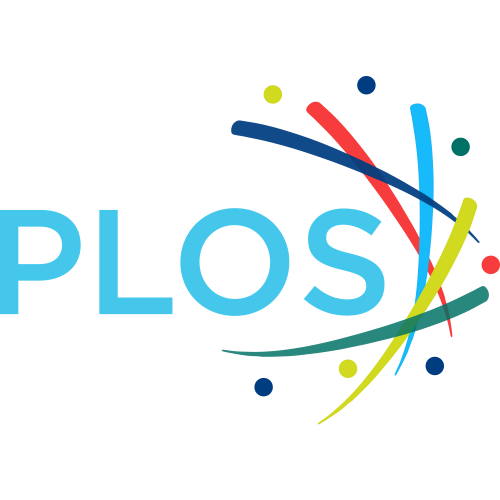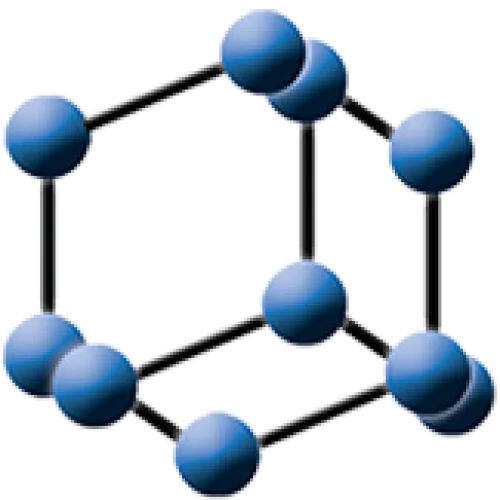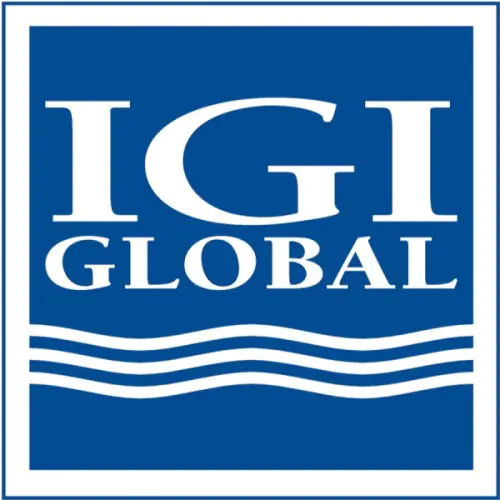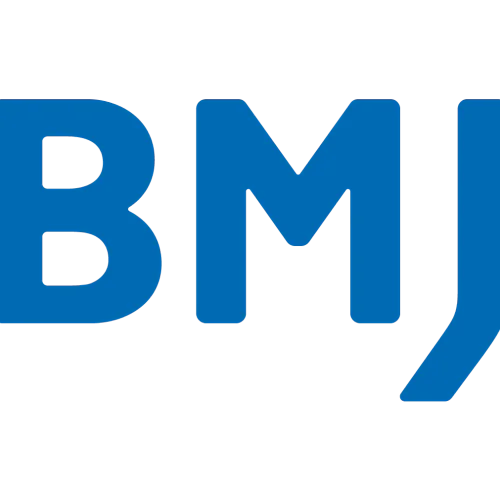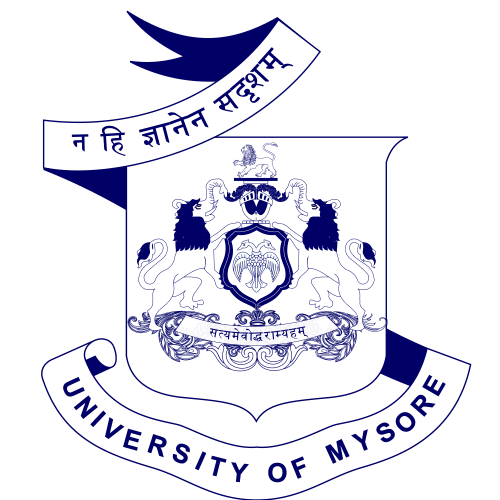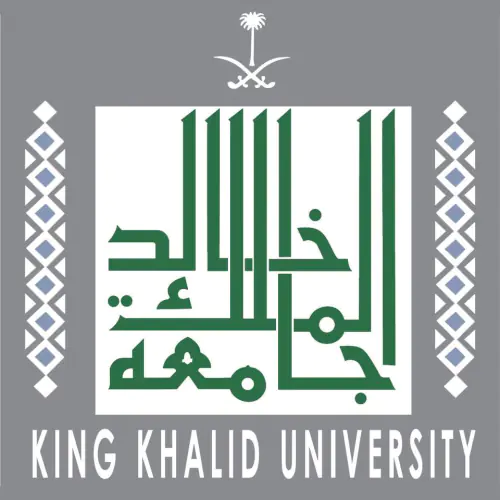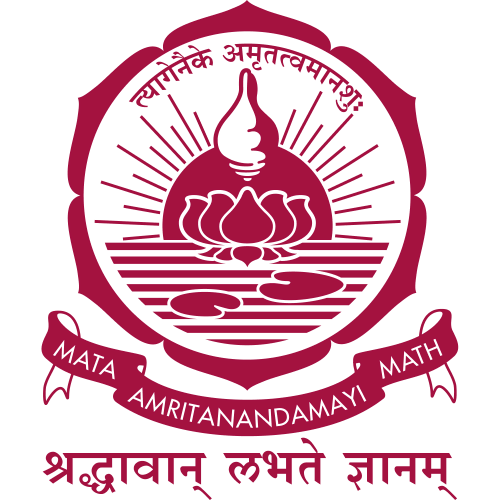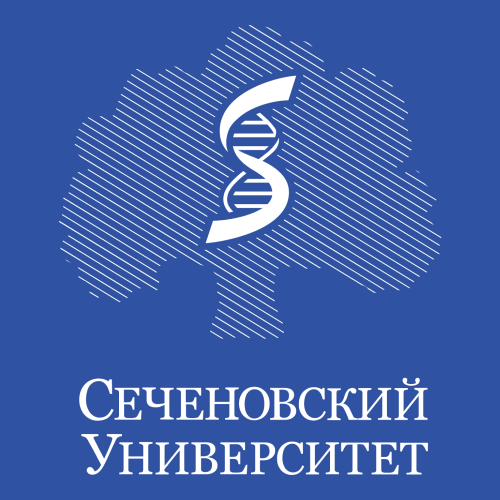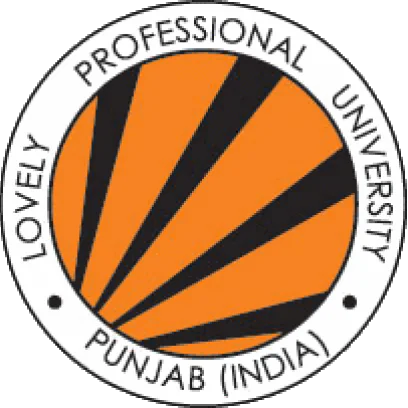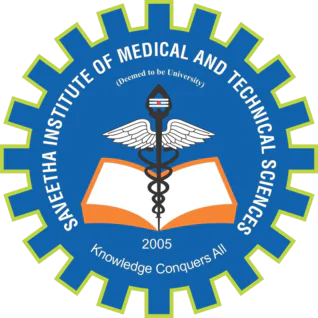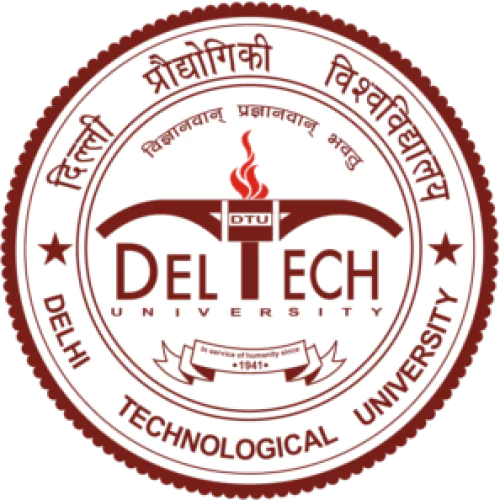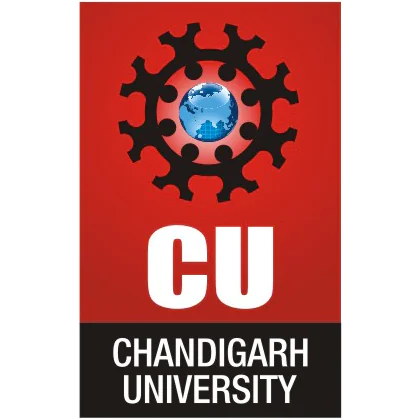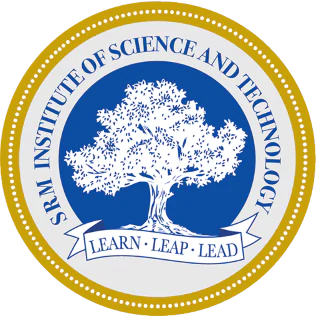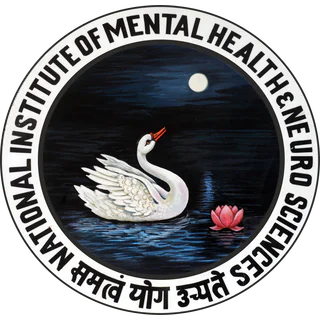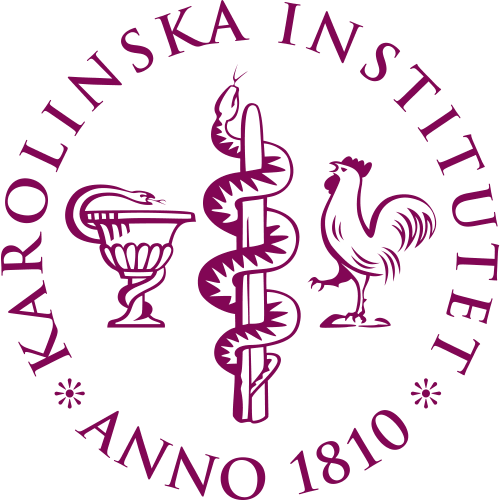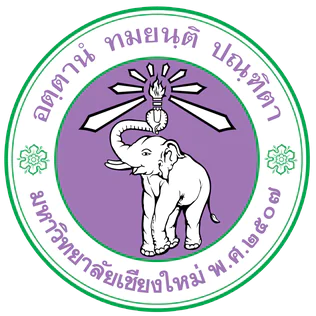JSS Academy of Higher Education & Research
Are you a researcher?
Create a profile to get free access to personal recommendations for colleagues and new articles.
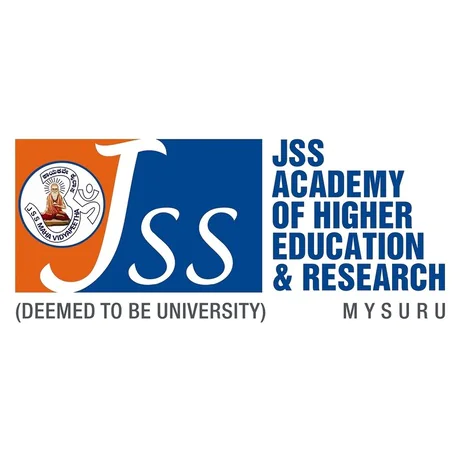
Publications
4 181
Citations
52 137
h-index
84
Top-3 journals

Materials Today: Proceedings
(59 publications)

Journal of Psychosexual Health
(51 publications)

Lecture Notes in Electrical Engineering
(50 publications)
Top-3 organizations
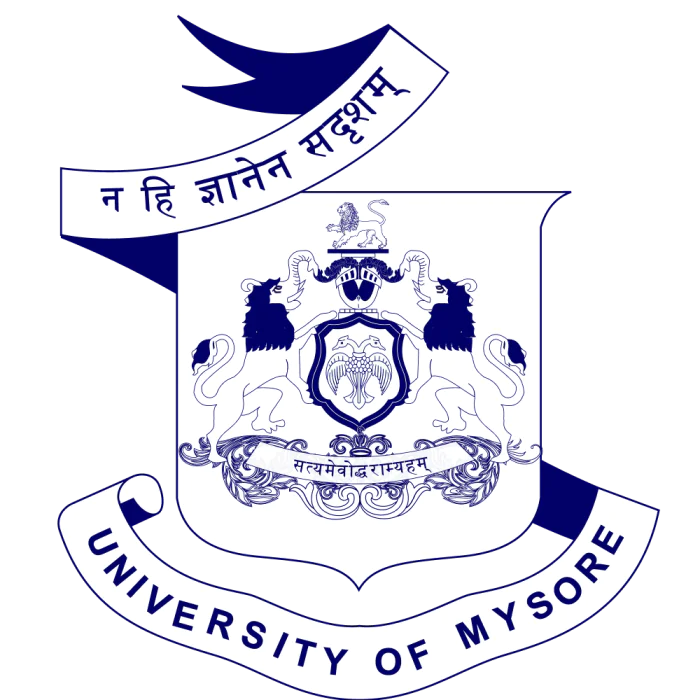
University of Mysore
(418 publications)
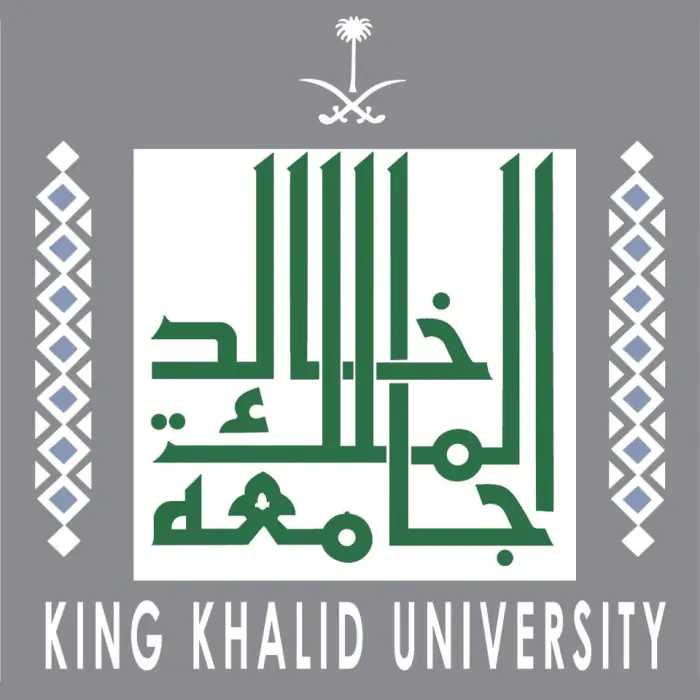
King Khalid University
(133 publications)
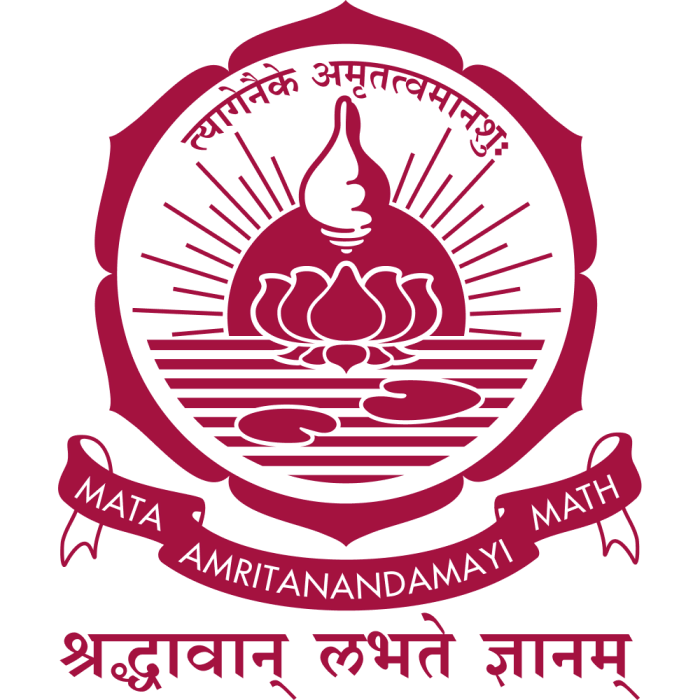
Amrita Vishwa Vidyapeetham
(122 publications)
Top-3 foreign organizations

King Khalid University
(133 publications)

King Saud University
(117 publications)

Sechenov First Moscow State Medical University
(100 publications)
Top-1 researchers by h-index
Most cited in 5 years
Found
Nothing found, try to update filter.
Found
Nothing found, try to update filter.
Since 2003
Total publications
4181
Total citations
52137
Citations per publication
12.47
Average publications per year
174.21
Average authors per publication
6.35
h-index
84
Metrics description
h-index
A scientist has an h-index if h of his N publications are cited at least h times each, while the remaining (N - h) publications are cited no more than h times each.
Top-30
Fields of science
|
100
200
300
400
500
600
|
|
|
General Medicine
|
General Medicine, 516, 12.34%
General Medicine
516 publications, 12.34%
|
|
Pharmaceutical Science
|
Pharmaceutical Science, 262, 6.27%
Pharmaceutical Science
262 publications, 6.27%
|
|
Drug Discovery
|
Drug Discovery, 249, 5.96%
Drug Discovery
249 publications, 5.96%
|
|
Pharmacology
|
Pharmacology, 215, 5.14%
Pharmacology
215 publications, 5.14%
|
|
Biochemistry
|
Biochemistry, 170, 4.07%
Biochemistry
170 publications, 4.07%
|
|
Organic Chemistry
|
Organic Chemistry, 164, 3.92%
Organic Chemistry
164 publications, 3.92%
|
|
Molecular Medicine
|
Molecular Medicine, 158, 3.78%
Molecular Medicine
158 publications, 3.78%
|
|
General Chemistry
|
General Chemistry, 145, 3.47%
General Chemistry
145 publications, 3.47%
|
|
Molecular Biology
|
Molecular Biology, 131, 3.13%
Molecular Biology
131 publications, 3.13%
|
|
Electrical and Electronic Engineering
|
Electrical and Electronic Engineering, 112, 2.68%
Electrical and Electronic Engineering
112 publications, 2.68%
|
|
Analytical Chemistry
|
Analytical Chemistry, 106, 2.54%
Analytical Chemistry
106 publications, 2.54%
|
|
Physical and Theoretical Chemistry
|
Physical and Theoretical Chemistry, 95, 2.27%
Physical and Theoretical Chemistry
95 publications, 2.27%
|
|
Public Health, Environmental and Occupational Health
|
Public Health, Environmental and Occupational Health, 90, 2.15%
Public Health, Environmental and Occupational Health
90 publications, 2.15%
|
|
Pediatrics, Perinatology and Child Health
|
Pediatrics, Perinatology and Child Health, 84, 2.01%
Pediatrics, Perinatology and Child Health
84 publications, 2.01%
|
|
Computer Science Applications
|
Computer Science Applications, 81, 1.94%
Computer Science Applications
81 publications, 1.94%
|
|
General Materials Science
|
General Materials Science, 81, 1.94%
General Materials Science
81 publications, 1.94%
|
|
Pharmacology (medical)
|
Pharmacology (medical), 80, 1.91%
Pharmacology (medical)
80 publications, 1.91%
|
|
General Chemical Engineering
|
General Chemical Engineering, 75, 1.79%
General Chemical Engineering
75 publications, 1.79%
|
|
Condensed Matter Physics
|
Condensed Matter Physics, 73, 1.75%
Condensed Matter Physics
73 publications, 1.75%
|
|
Materials Chemistry
|
Materials Chemistry, 72, 1.72%
Materials Chemistry
72 publications, 1.72%
|
|
Infectious Diseases
|
Infectious Diseases, 72, 1.72%
Infectious Diseases
72 publications, 1.72%
|
|
Multidisciplinary
|
Multidisciplinary, 59, 1.41%
Multidisciplinary
59 publications, 1.41%
|
|
Cell Biology
|
Cell Biology, 58, 1.39%
Cell Biology
58 publications, 1.39%
|
|
Clinical Biochemistry
|
Clinical Biochemistry, 54, 1.29%
Clinical Biochemistry
54 publications, 1.29%
|
|
Psychiatry and Mental health
|
Psychiatry and Mental health, 52, 1.24%
Psychiatry and Mental health
52 publications, 1.24%
|
|
Inorganic Chemistry
|
Inorganic Chemistry, 51, 1.22%
Inorganic Chemistry
51 publications, 1.22%
|
|
General Dentistry
|
General Dentistry, 51, 1.22%
General Dentistry
51 publications, 1.22%
|
|
General Engineering
|
General Engineering, 50, 1.2%
General Engineering
50 publications, 1.2%
|
|
Mechanical Engineering
|
Mechanical Engineering, 49, 1.17%
Mechanical Engineering
49 publications, 1.17%
|
|
Renewable Energy, Sustainability and the Environment
|
Renewable Energy, Sustainability and the Environment, 49, 1.17%
Renewable Energy, Sustainability and the Environment
49 publications, 1.17%
|
|
100
200
300
400
500
600
|
Journals
|
10
20
30
40
50
60
|
|
|
Materials Today: Proceedings
59 publications, 1.41%
|
|
|
Journal of Psychosexual Health
51 publications, 1.22%
|
|
|
Lecture Notes in Electrical Engineering
50 publications, 1.2%
|
|
|
Molecules
45 publications, 1.08%
|
|
|
Journal of Drug Delivery Science and Technology
43 publications, 1.03%
|
|
|
Scientific Reports
37 publications, 0.88%
|
|
|
Research Journal of Pharmacy and Technology
36 publications, 0.86%
|
|
|
RSC Advances
34 publications, 0.81%
|
|
|
Lecture Notes in Networks and Systems
34 publications, 0.81%
|
|
|
Journal of Biomolecular Structure and Dynamics
31 publications, 0.74%
|
|
|
Indian Journal of Otolaryngology and Head and Neck Surgery
30 publications, 0.72%
|
|
|
Journal of Molecular Structure
29 publications, 0.69%
|
|
|
Clinical Epidemiology and Global Health
28 publications, 0.67%
|
|
|
Lecture Notes in Civil Engineering
27 publications, 0.65%
|
|
|
Advances in Intelligent Systems and Computing
26 publications, 0.62%
|
|
|
Lecture Notes in Mechanical Engineering
25 publications, 0.6%
|
|
|
South African Journal of Botany
25 publications, 0.6%
|
|
|
Value in Health
24 publications, 0.57%
|
|
|
Multimedia Tools and Applications
23 publications, 0.55%
|
|
|
Pharmaceutics
21 publications, 0.5%
|
|
|
Communications in Computer and Information Science
21 publications, 0.5%
|
|
|
ChemistrySelect
20 publications, 0.48%
|
|
|
International Journal of Clinical Pediatric Dentistry
20 publications, 0.48%
|
|
|
Results in Chemistry
20 publications, 0.48%
|
|
|
International Journal of Biological Macromolecules
19 publications, 0.45%
|
|
|
PLoS ONE
19 publications, 0.45%
|
|
|
Environmental Science and Pollution Research
19 publications, 0.45%
|
|
|
International Journal for Research in Applied Science and Engineering Technology
19 publications, 0.45%
|
|
|
Indian Pediatrics
17 publications, 0.41%
|
|
|
World Journal of Dentistry
17 publications, 0.41%
|
|
|
10
20
30
40
50
60
|
Publishers
|
200
400
600
800
1000
1200
|
|
|
Springer Nature
1032 publications, 24.68%
|
|
|
Elsevier
922 publications, 22.05%
|
|
|
Bentham Science Publishers Ltd.
269 publications, 6.43%
|
|
|
MDPI
240 publications, 5.74%
|
|
|
Taylor & Francis
226 publications, 5.41%
|
|
|
Wiley
197 publications, 4.71%
|
|
|
SAGE
175 publications, 4.19%
|
|
|
Ovid Technologies (Wolters Kluwer Health)
90 publications, 2.15%
|
|
|
Jaypee Brothers Medical Publishing
74 publications, 1.77%
|
|
|
Frontiers Media S.A.
70 publications, 1.67%
|
|
|
Hindawi Limited
57 publications, 1.36%
|
|
|
IGI Global
55 publications, 1.32%
|
|
|
Royal Society of Chemistry (RSC)
54 publications, 1.29%
|
|
|
Medknow
48 publications, 1.15%
|
|
|
Georg Thieme Verlag KG
42 publications, 1%
|
|
|
A and V Publications
37 publications, 0.88%
|
|
|
IOP Publishing
36 publications, 0.86%
|
|
|
World Scientific
28 publications, 0.67%
|
|
|
Walter de Gruyter
25 publications, 0.6%
|
|
|
American Chemical Society (ACS)
25 publications, 0.6%
|
|
|
King Saud University
22 publications, 0.53%
|
|
|
Emerald
21 publications, 0.5%
|
|
|
Oxford University Press
20 publications, 0.48%
|
|
|
Public Library of Science (PLoS)
20 publications, 0.48%
|
|
|
Scientific Scholar
20 publications, 0.48%
|
|
|
BMJ
19 publications, 0.45%
|
|
|
Oriental Scientific Publishing Company
19 publications, 0.45%
|
|
|
International Journal for Research in Applied Science and Engineering Technology (IJRASET)
19 publications, 0.45%
|
|
|
AIP Publishing
18 publications, 0.43%
|
|
|
Institute of Electrical and Electronics Engineers (IEEE)
17 publications, 0.41%
|
|
|
200
400
600
800
1000
1200
|
With other organizations
|
50
100
150
200
250
300
350
400
450
|
|
|
University of Mysore
418 publications, 10%
|
|
|
King Khalid University
133 publications, 3.18%
|
|
|
Amrita Vishwa Vidyapeetham
122 publications, 2.92%
|
|
|
King Saud University
117 publications, 2.8%
|
|
|
JSS Science and Technology University
116 publications, 2.77%
|
|
|
Visvesvaraya Technological University
104 publications, 2.49%
|
|
|
Sechenov First Moscow State Medical University
100 publications, 2.39%
|
|
|
Lovely Professional University
88 publications, 2.1%
|
|
|
Manipal Academy of Higher Education
83 publications, 1.99%
|
|
|
Saveetha Institute of Medical and Technical Sciences
69 publications, 1.65%
|
|
|
University of Pretoria
58 publications, 1.39%
|
|
|
Prince Sattam bin Abdulaziz University
56 publications, 1.34%
|
|
|
University of Missouri
53 publications, 1.27%
|
|
|
NITTE University
50 publications, 1.2%
|
|
|
University of Delhi
42 publications, 1%
|
|
|
Kalinga Institute of Industrial Technology
41 publications, 0.98%
|
|
|
Sultan Qaboos University
40 publications, 0.96%
|
|
|
Pirogov Russian National Research Medical University
39 publications, 0.93%
|
|
|
Mangalore University
39 publications, 0.93%
|
|
|
Delhi Technological University
38 publications, 0.91%
|
|
|
Amity University, Noida
37 publications, 0.88%
|
|
|
Kansas State University
37 publications, 0.88%
|
|
|
Chandigarh University
36 publications, 0.86%
|
|
|
Yenepoya University
35 publications, 0.84%
|
|
|
University of Hail
33 publications, 0.79%
|
|
|
SRM Institute of Science and Technology
33 publications, 0.79%
|
|
|
National Institute of Mental Health and Neurosciences
32 publications, 0.77%
|
|
|
Zhengzhou University
32 publications, 0.77%
|
|
|
Central Food Technological Research Institute
30 publications, 0.72%
|
|
|
Chitkara University
29 publications, 0.69%
|
|
|
50
100
150
200
250
300
350
400
450
|
With foreign organizations
|
20
40
60
80
100
120
140
|
|
|
King Khalid University
133 publications, 3.18%
|
|
|
King Saud University
117 publications, 2.8%
|
|
|
Sechenov First Moscow State Medical University
100 publications, 2.39%
|
|
|
University of Pretoria
58 publications, 1.39%
|
|
|
Prince Sattam bin Abdulaziz University
56 publications, 1.34%
|
|
|
University of Missouri
53 publications, 1.27%
|
|
|
Sultan Qaboos University
40 publications, 0.96%
|
|
|
Pirogov Russian National Research Medical University
39 publications, 0.93%
|
|
|
Kansas State University
37 publications, 0.88%
|
|
|
University of Hail
33 publications, 0.79%
|
|
|
Zhengzhou University
32 publications, 0.77%
|
|
|
Kurdistan University of Medical Sciences
27 publications, 0.65%
|
|
|
Khon Kaen University
27 publications, 0.65%
|
|
|
University of Saskatchewan
26 publications, 0.62%
|
|
|
University of Technology Sydney
25 publications, 0.6%
|
|
|
Macquarie University
23 publications, 0.55%
|
|
|
A.P. Avtsyn Research Institute of Human Morphology
22 publications, 0.53%
|
|
|
University of the West Indies at Mona, Jamaica
21 publications, 0.5%
|
|
|
King Abdulaziz University
20 publications, 0.48%
|
|
|
Manchester Metropolitan University
17 publications, 0.41%
|
|
|
Indiana University School of Medicine
17 publications, 0.41%
|
|
|
Karolinska Institute
16 publications, 0.38%
|
|
|
La Trobe University
16 publications, 0.38%
|
|
|
Chiang Mai University
16 publications, 0.38%
|
|
|
University of the Balearic Islands
16 publications, 0.38%
|
|
|
Lomonosov Moscow State University
15 publications, 0.36%
|
|
|
Taif University
15 publications, 0.36%
|
|
|
Umm al-Qura University
15 publications, 0.36%
|
|
|
Yonsei University
15 publications, 0.36%
|
|
|
Jazan University
14 publications, 0.33%
|
|
|
20
40
60
80
100
120
140
|
With other countries
|
50
100
150
200
250
300
350
|
|
|
USA
|
USA, 306, 7.32%
USA
306 publications, 7.32%
|
|
Saudi Arabia
|
Saudi Arabia, 290, 6.94%
Saudi Arabia
290 publications, 6.94%
|
|
Russia
|
Russia, 111, 2.65%
Russia
111 publications, 2.65%
|
|
Australia
|
Australia, 99, 2.37%
Australia
99 publications, 2.37%
|
|
China
|
China, 98, 2.34%
China
98 publications, 2.34%
|
|
United Kingdom
|
United Kingdom, 78, 1.87%
United Kingdom
78 publications, 1.87%
|
|
South Africa
|
South Africa, 71, 1.7%
South Africa
71 publications, 1.7%
|
|
Malaysia
|
Malaysia, 59, 1.41%
Malaysia
59 publications, 1.41%
|
|
Republic of Korea
|
Republic of Korea, 57, 1.36%
Republic of Korea
57 publications, 1.36%
|
|
Canada
|
Canada, 55, 1.32%
Canada
55 publications, 1.32%
|
|
Oman
|
Oman, 55, 1.32%
Oman
55 publications, 1.32%
|
|
Bangladesh
|
Bangladesh, 54, 1.29%
Bangladesh
54 publications, 1.29%
|
|
Ethiopia
|
Ethiopia, 53, 1.27%
Ethiopia
53 publications, 1.27%
|
|
Egypt
|
Egypt, 42, 1%
Egypt
42 publications, 1%
|
|
Thailand
|
Thailand, 40, 0.96%
Thailand
40 publications, 0.96%
|
|
Iran
|
Iran, 35, 0.84%
Iran
35 publications, 0.84%
|
|
Spain
|
Spain, 35, 0.84%
Spain
35 publications, 0.84%
|
|
Italy
|
Italy, 34, 0.81%
Italy
34 publications, 0.81%
|
|
Japan
|
Japan, 33, 0.79%
Japan
33 publications, 0.79%
|
|
UAE
|
UAE, 32, 0.77%
UAE
32 publications, 0.77%
|
|
Mexico
|
Mexico, 28, 0.67%
Mexico
28 publications, 0.67%
|
|
Pakistan
|
Pakistan, 26, 0.62%
Pakistan
26 publications, 0.62%
|
|
Sweden
|
Sweden, 26, 0.62%
Sweden
26 publications, 0.62%
|
|
Germany
|
Germany, 23, 0.55%
Germany
23 publications, 0.55%
|
|
Qatar
|
Qatar, 21, 0.5%
Qatar
21 publications, 0.5%
|
|
Nepal
|
Nepal, 21, 0.5%
Nepal
21 publications, 0.5%
|
|
Poland
|
Poland, 20, 0.48%
Poland
20 publications, 0.48%
|
|
France
|
France, 18, 0.43%
France
18 publications, 0.43%
|
|
Netherlands
|
Netherlands, 18, 0.43%
Netherlands
18 publications, 0.43%
|
|
50
100
150
200
250
300
350
|
- We do not take into account publications without a DOI.
- Statistics recalculated daily.
- Publications published earlier than 2003 are ignored in the statistics.
- The horizontal charts show the 30 top positions.
- Journals quartiles values are relevant at the moment.


